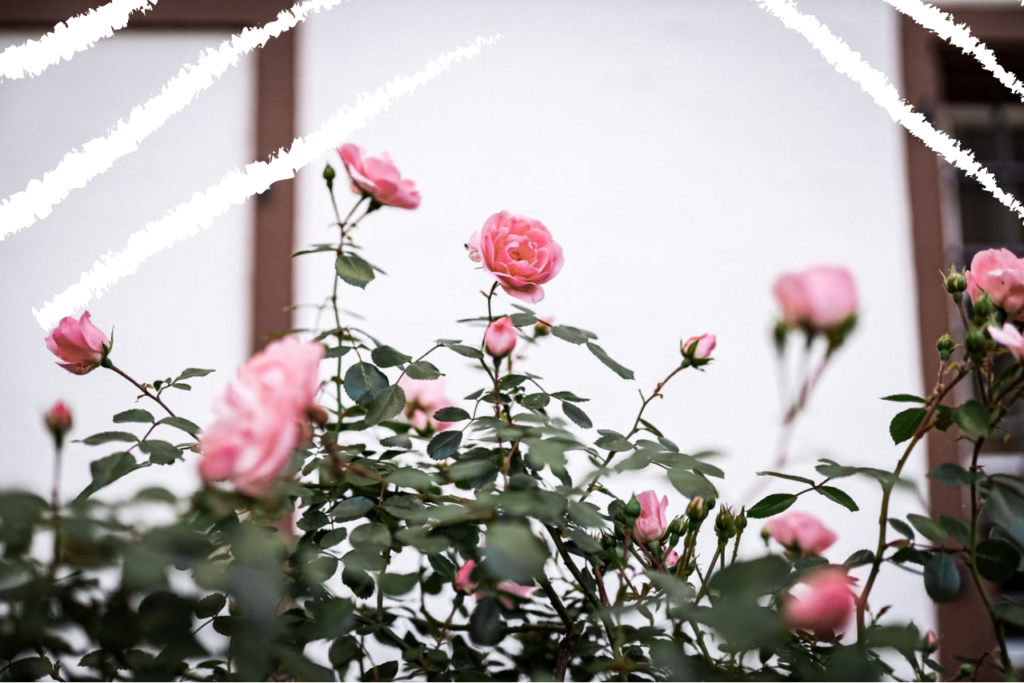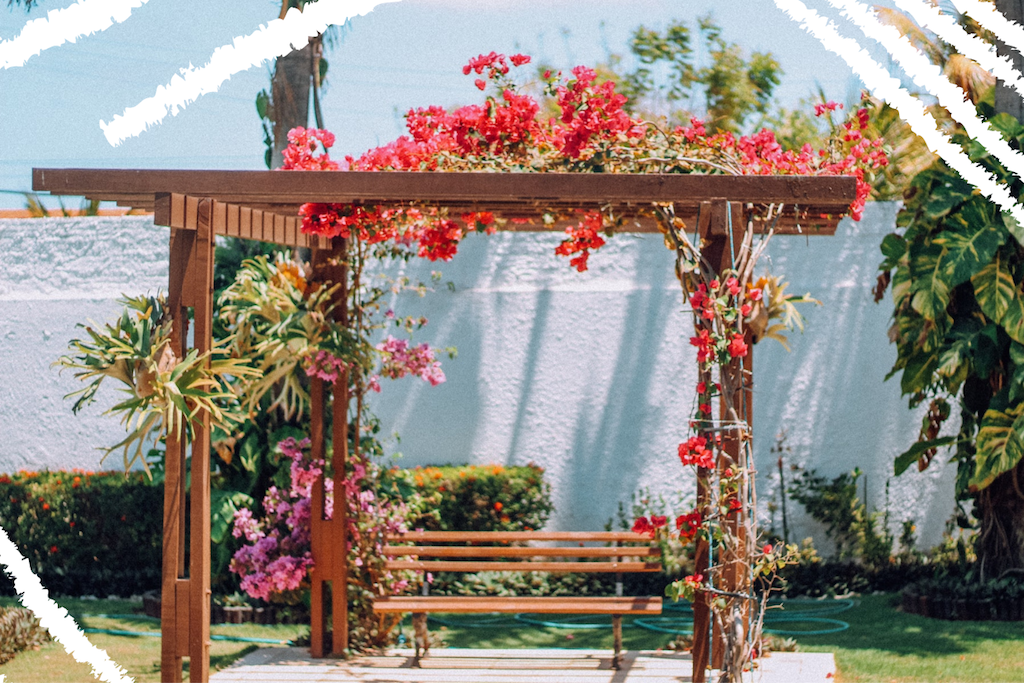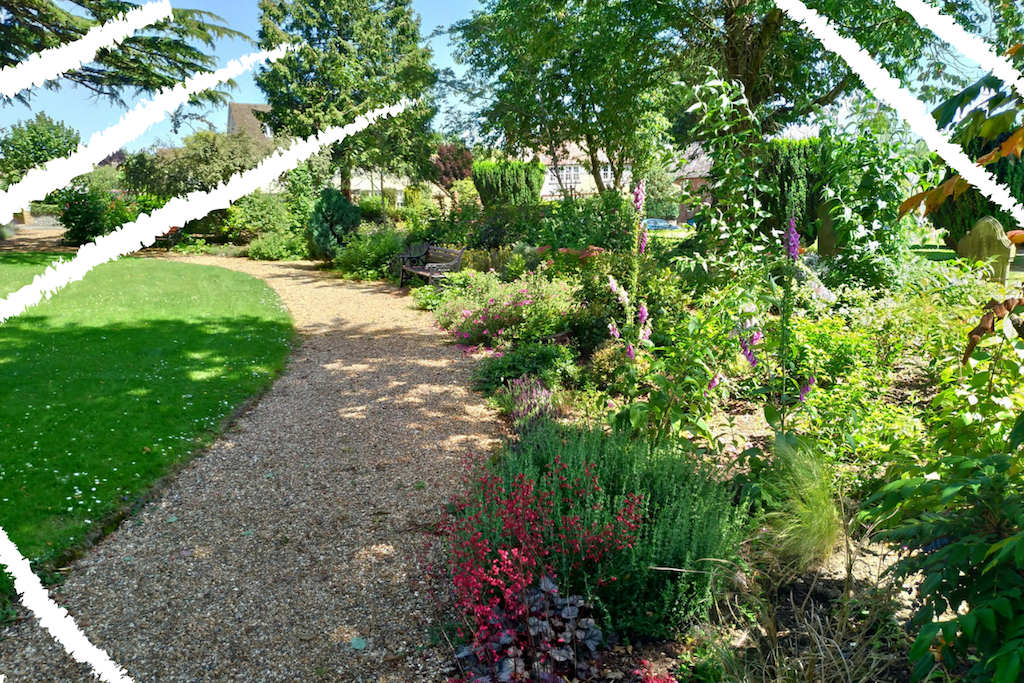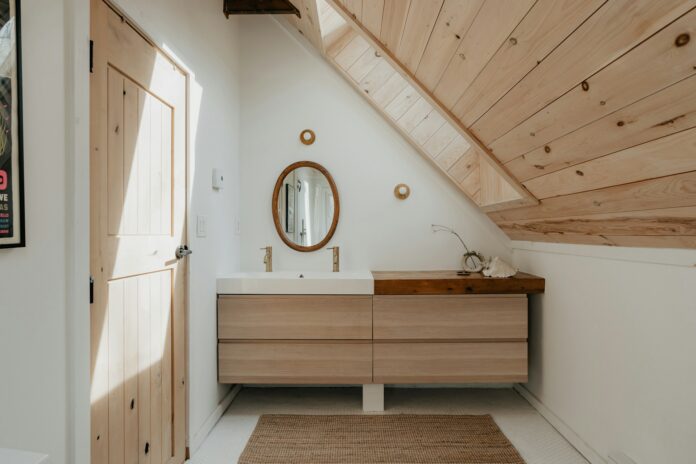The COVID-19 crisis and extended periods of lockdown and isolation pulled into sharp focus the huge desirability of having a private garden here in the UK. A place to reconnect with nature, to frolic amongst the flowers, to breathe in fresh air and to escape housemates or family members on yet another Zoom call, British gardens have been an absolute godsend during the pandemic
For those fortunate enough to have a garden, that is. In the UK, that’s around around 80% of adults. Yep, one in four have access to a garden or outdoor space, and here are a few other interesting statistics:
- 38% use their gardens for growing their own fruit, vegetables or herbs
- 52% use their gardens to feed or watch wildlife
- 49% of gardens have roses
Considering that last statistic, it’s no surprise that this type of flower is so popular in gardens across the UK; the national flower of England is the Tudor rose, after all, and in the gardening world, English landscapers have something of a reputation for their passion for tradition, which includes roses, romantic pathways, arches, and other elements transforming gardens into living works of art.
By now you’re probably wondering, whether you have a garden at home or you are helping to design a communal garden space, what features you should include so that people walking through instantly perceive the harmony, grace, and beauty of a traditional English garden? Let’s find out; here are some design features to include in a traditional English country garden.
CHOOSING QUINTESSENTIAL ENGLISH FLOWERS
According to The English Garden, the most famed British flowers include Dahlias, Delphiniums, Sweet Williams, Astrantias, and, of course, the classic English rose.
When planning your garden design, make sure to leave enough room for large flower beds which incorporate these iconic flowers. Include various tiers, planting the tallest plants in the back and the shortest ones upfront.
English gardens are known for their varied and vibrant colour palettes, so opt for a wide array of hues running from deep violet to canary yellow, delicate white, and gentle pink. When looking at your flower, it should feel a certain sense of whimsical escapism — perhaps to a place where you could see yourself having a tea party, Alice in Wonderland-style.

CREATING VERTICAL FEATURES SUCH AS ARCHES AND TRELLISES
One of the most beautiful ways to show off the beauty of flowers is via trellises for climbing rose varieties, particularly well suited to gardens which need a little extra height and vertical, visual intrigue. If you have a pathway, start it with a stunning arched trellis that is completely covered with pretty, fragrant roses.
Should you have a smaller garden but you’d still like to include vertical features, consider hanging a long rectangle trellis by the door, planting red, pink, and white roses that can ‘peak forward’ through the gaps.
Roses will actually climb up anything so you don’t need to use a traditional wooden trellis. Ladders, cages, tripods, obelisks, and other shapes will provide the support your roses need to grow and thrive.

WALKWAYS AND LABYRINTHS
English gardens are very rarely completely flat. Accordingly, the very best take a cue from nature by providing little escapes, mysteries, and hideaways that encourage you to take a walk to discover.
Thus, the prevalence of arched walkways and labyrinths in larger gardens is something that can be replicated whatever the size of yours. Even a smaller garden can benefit from a few of these flourishes; to create a walkway, you can simply place a path between two sides of the garden. Pave this walkway with bricks, gravel, or cobblestones.
You can create a small labyrinth comprising a couple of twists and turns, too. Even if your bushes are relatively low or at ground level, your labyrinth can still inspire movement and curiosity, especially if you place a few cute decorative items in the interior of the maze. These can include a simple garden gnome on the ground beckoning you in, colourful solar lights, or a small fountain at one opening of the labyrinth.

ZONES
Even in a small or medium sized garden, you can create the illusion of the type of space a typical English country garden enjoys by employing a landscaper’s favourite technique; zoning.
One of the easiest ways of zoning areas of your garden is to create new and contrasting levels, utilising the vertical instead of the horizontal. This is especially true if you have a smaller garden that you want to maximise space in, as building upwards rather than out won’t impact on those valuable square metres at ground level. In doing so, you’ll replicate that sense of spacial luxuriousness that defines the grander gardens in this country.
Vertical zoning is also intriguing visually, and not at all difficult to implement. Consider raised decking areas, raised planters and elevated patio stones to create these discrepancies in height that can help you zone even a small garden in a neat way.
THE BOTTOM LINE
English gardens are known for their beauty, colour and artistry, as well as their abundant spaciousness. To design one of your own, choose traditional flowers and features such as archway trellises. Create vertical features that capture your gaze and include playful elements such as labyrinths, paths, and vertical green space dividers for best results. We can’t wait to be invited to your summer garden party later this year!





